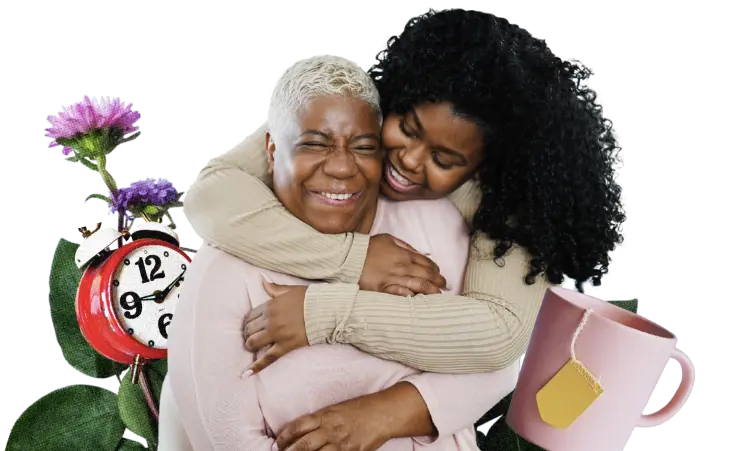
Not every story has to center on care, but it’s possible to find care in almost any story (because that’s how we live our actual lives). This resource is designed to help you make the invisible visible. It will help you think about the ways care could connect to your characters’ identities, raise their emotional stakes, fuel obstacles in their story, be an active part of scenes, or simply integrate into the world around them.
The care lens can help you unlock more authentic, real, emotional, and unique layers in your stories. And help those stories serve your audience.
Care Inclusion Checklist:
Take stock of your characters:
Is someone in the story…
- a parent, child, grandparent, spouse, disabled, 65+?
- experiencing or recovering from serious illness or injury, or a major procedure?
- someone with older parents / loved ones?
- (It’s totally cool if your story is about a hermit living alone in the mountains who never sees or talks to anyone in the entire series… but we feel like that’s probably not most stories)
If yes…
Consider the care needs or responsibilities they would have IRL and how:
- Care can tie into the character’s emotional stakes:
- via common obstacles or pressures: e.g. work-care balance, financial strain, mental health impacts, physical health impacts, relationship impacts
- OR reveal something about what drives them: e.g. love, loyalty, commitment, that “big beating heart” every network exec wants to hear about
- Care can create conflict or challenges in the story:
- Such as: insurance not covering basic care needs figuring out care for someone long distance, immigration status impacting benefits, systemic oppression impacting already difficult care challenges, or how to transfer benefits from state to state during a move (“care portability”)
- Care could be one expression of their emotional journeys:
- Via common emotions: frustration, joy, grief, fulfillment
- Or how it enriches or expresses nuances within relationship dynamics (such as that with role reversal between an adult child and their older parents, or spouses). This is a cliché killer right here!
- Care can show up in their actions on screen:
- Via common daily tasks, such as stocking an aging parents’ pantry or helping someone manage communication or get to appointments
- These actions can be part of the A-plot or “the business” happening in the background of a scene – either way, it’s impactful!
Because people don’t experience the impacts of our broken system equally, it’s also important to consider the intersections of care and identity:
- Does the depiction reinforce or disrupt traditional gender norms and stereotypes? (Hint: you’re gonna want it to be the latter.)
- How could the depiction reveal unique impacts according to race, ability, economic status, etc.? It’s hard to fix what we don’t see!
A quick note: scenarios described here are generalized from information that Caring Across Generations has collected through focus groups, polling, and other research. They are generalized scenarios and are not any one individual’s story, and they are not meant to be comprehensive of all experiences having to do with care. This resource is intended to illuminate new storytelling opportunities that also contribute to a more authentic and holistic representation of care on screen.
